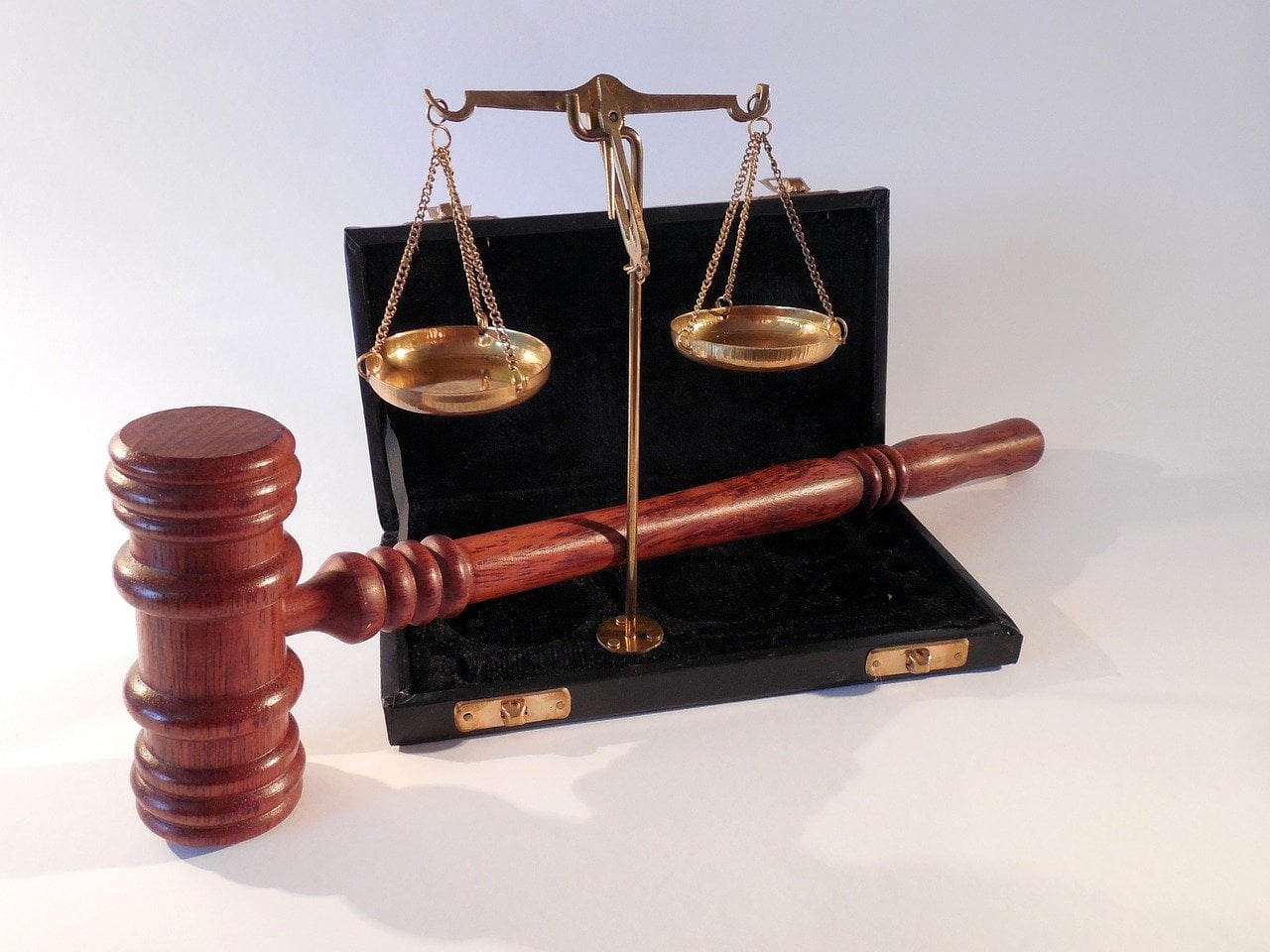Collapsed Building Triggering Winning Law Suits; Latin Maxim Can Prove Cases; Hundreds of Millions in Damages
Q1 2021 hedge fund letters, conferences and more
Lawsuits Triggered By The Collapsed Champlain Towers South Building
WASHINGTON, D.C. (June 28, 2021) - While it's too early for search and rescue operations at the collapsed Champlain Towers South building in Florida to transform into a recovery operation, it's not too early for lawyers - who can largely rely upon a Latin maxim to establish their cases - to begin legal actions, says public interest law professor John Banzhaf, who counters claims that they are "despicable," as one likely defendant has charged.
Professor Banzhaf, famous for developing winning civil law suits - including over $12 million from McDonald's over its french fries, and against Spiro Agnew to recover the money he took in bribes - has been called "a Driving Force Behind the Lawsuits That Have Cost Tobacco Companies Billions of Dollars," "The Law Professor Who Masterminded Litigation Against the Tobacco Industry," "a King of Class Action Lawsuits," and an "Entrepreneur of Litigation, [and] a Trial Lawyer's Trial Lawyer."
Indeed, less than 24 hours after two wings of the high-rise condo collapsed, a class action law suit seeking monetary damages of more than five million dollars was filed on behalf of Manuel Drexner, who owned an apartment in the collapsed building, on behalf of himself and "others similarly situated." It seeks monetary damages exceeding five million dollars from the Champlain Towers South Condominium Association.
To view the class action complaint, click on https://banzhaf.net/condo.pdf
Banzhaf notes that if more than 100 persons died in the tragedy, the potential damages could well exceed one hundred million dollars, and that law suits by other plaintiffs (e.g., those living in the North Towers building), as well as against other defendants (e.g., those who constructed and/or inspected the building) are not only possible but more than likely.
Filing Law Suits Promptly
It's very important for lawyers representing one or more victims of any tragedy to file law suits promptly, says Banzhaf, since the filing of even one law suit puts everyone involved on legal notice of the need to preserve - and certainly not to destroy or "lose" or "delete" (e.g., emails) - anything in the way of documents or otherwise which might serve as evidence, or even help in the search for relevant evidence.
Unfortunately, without such legal notice, documents and other evidence too often do turn out to be "missing," or even destroyed as part of a so-called periodic purging of files, including emails and text messages.
It's also important for attorneys to act quickly to pin down - by obtaining statements both informally and under oath - before memories fade or, worse, stories are concocted and agreed to by those who might have something to hide, he says.
The argument made by one defense lawyer that attorneys seeking compensation for the victims of the tragedy should not file a law suit until the precise cause or causes of the building collapse are known is also wrong, says Banzhaf, because of an ancient, powerful, and well accepted legal doctrine which clearly applies in this situation.
Ordinarily an attorney seeking to hold someone or some entity liable for negligence must prove the negligence by showing some specific way in which the defendant failed to take reasonable care. This can often be a difficult task, involving months of research and analysis. It also often leads to a battle of experts in the courtroom as plaintiffs try to meet their joint burden of providing exactly what happened, and then why it did not meet the relevant legal standard of care.
But an exception to that rule and requirement which has existed for hundreds of year is known by the Latin phrase "Res Ipsa Loquitur," which means that "the thing speaks for itself."
Clear Negligence
If something usually or virtually certainly doesn't occur unless there is negligence, and neither the plaintiff nor some third party could have caused the accident, jurors are told by the judge that the accident speaks for itself, and that jurors can find that negligence occurred, and hold the defendant legally liable for damages in a negligence action, even if the specific cause of the accident isn't proven or even known.
An elevator which suddenly drops to the bottom of the shaft, or two trains traveling in opposite directions tying to pass each other on a single track, are often cited examples where the circumstances speak for themselves and negligence is clear; at least unless and until the defendant proves a cause over which it had no control - e.g., a madman cut the elevator cable; terrorists took control of one or both trains, etc. - was in fact the correct cause.
As numerous experts have already assured the public, large buildings in major developed countries just do not suddenly collapse, at least in the absence of an earthquake, major explosion, or some other powerful force. So attorneys can - and probably will - rely successfully on res ipsa, as well as on factors such as neglecting warnings from engineers, delaying repairs, etc., predicts Banzhaf.
Lawyers may not be as important as the rescuers now on the scene, but they, and their very prompt participation, are essential if victims are to receive just compensation, and to deter similar tragedies in the future, he says.





